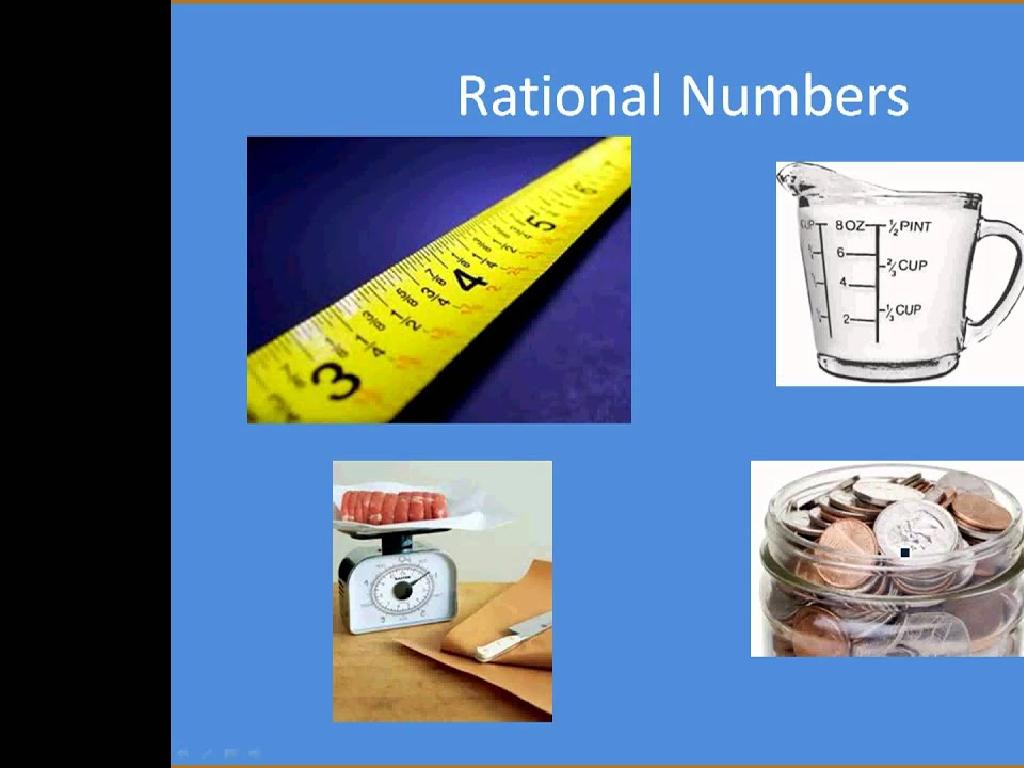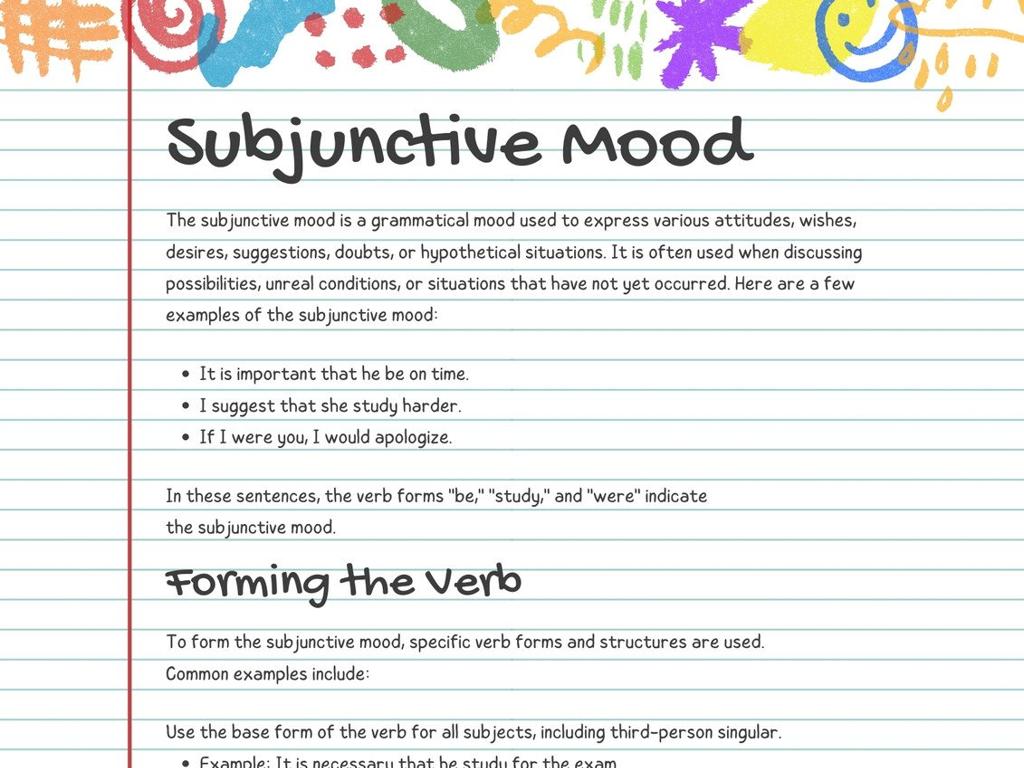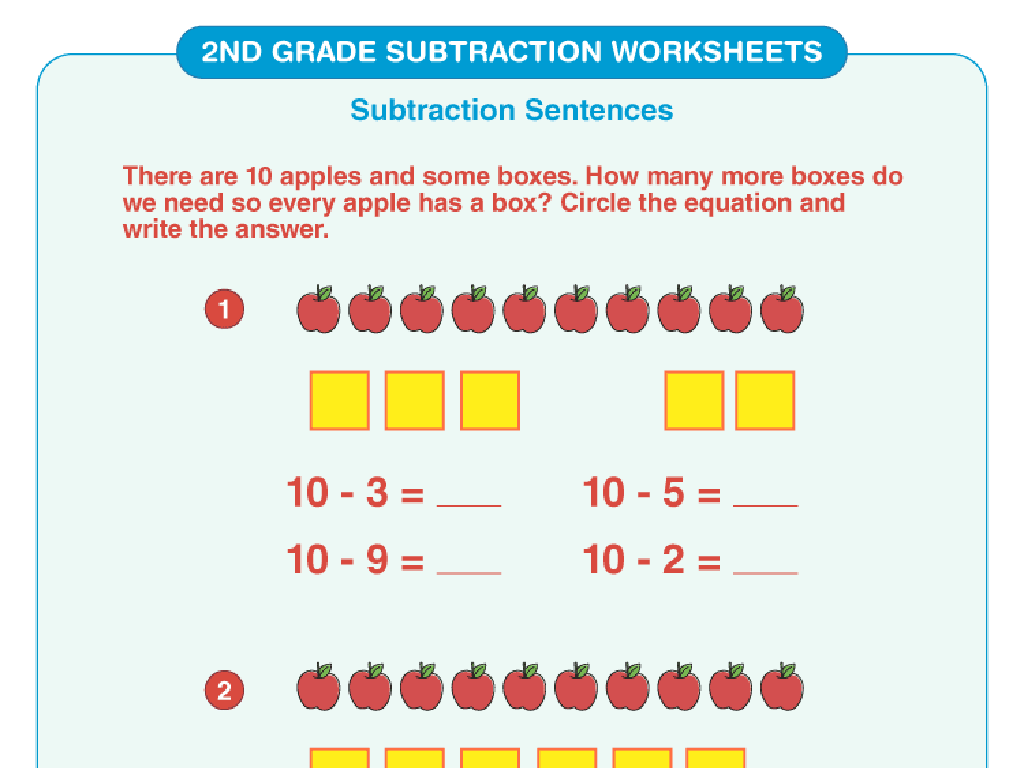Words With -Less
Subject: Language arts
Grade: Eighth grade
Topic: Prefixes And Suffixes
Please LOG IN to download the presentation. Access is available to registered users only.
View More Content
Exploring Prefixes and Suffixes
– Building blocks of words
– Defining prefixes and suffixes
– Prefixes/suffixes modify word meanings
– Common prefixes: un-, re-, pre-
– ‘un-‘ means not, ‘re-‘ means again, ‘pre-‘ means before
– Common suffixes: -ful, -ness, -less
– ‘ful’ means full of, ‘ness’ is a state of, ‘-less’ means without
|
This slide introduces the concept of prefixes and suffixes, the essential components that modify the meanings of base words. Understanding these can help students decode unfamiliar vocabulary and enhance their word formation skills. Prefixes are added to the beginning of a word to alter its meaning, while suffixes are added to the end. Provide examples such as ‘unhappy’ (not happy), ‘redo’ (do again), ‘preview’ (view before), ‘hopeful’ (full of hope), ‘darkness’ (state of being dark), and ‘fearless’ (without fear). Encourage students to think of additional examples and discuss how the meaning changes with different prefixes and suffixes.
The Power of ‘-less’: Transforming Words
– Understanding ‘-less’ suffix
– The suffix ‘-less’ means ‘without’ or ‘lacking’.
– ‘-less’ alters word meaning
– It turns a noun into an adjective indicating absence of the noun.
– Examples: ‘fearless’, ‘hopeless’
– ‘Fearless’ means without fear, ‘hopeless’ means without hope.
– Practice with ‘-less’ words
|
This slide introduces the suffix ‘-less’ and its role in changing the meanings of words. Students will learn that adding ‘-less’ to a noun transforms it into an adjective that describes a lack or absence of something. For example, ‘fearless’ describes someone who is not affected by fear, and ‘hopeless’ refers to a situation where there is no hope. Encourage students to think of other words that end with ‘-less’ and discuss the new meanings these words take on. As an activity, students can create sentences using ‘-less’ words to demonstrate their understanding of the concept.
Creating Meaning with ‘-less’
– Impact of ‘-less’ on meaning
– Suffix ‘-less’ indicates ‘without’ e.g., ‘fearless’ means without fear
– Comparing words with & without ‘-less’
– ‘Helpful’ means providing help, while ‘helpless’ means unable to help
– Group activity: ‘-less’ word pairs
– Find words and form pairs with their ‘-less’ counterparts
|
This slide introduces the suffix ‘-less’ and its role in altering the meaning of words to indicate the absence of something. Start by explaining how adding ‘-less’ to a word changes its meaning to ‘without’ the original concept. Then, compare words that change meaning significantly when ‘-less’ is added. For the group activity, students will work in small groups to identify words and create pairs with their ‘-less’ counterparts, such as ‘hope’ and ‘hopeless’. This will help them understand the concept practically. Encourage students to discuss how the meaning changes and to use these words in sentences. Provide guidance and examples to ensure comprehension.
Crafting Sentences with ‘-less’
– Understanding ‘-less’ suffix
– The suffix ‘-less’ means ‘without’, e.g., ‘fearless’ means without fear.
– Context & tone in ‘-less’ usage
– Words with ‘-less’ can set a tone of absence or lack, affecting the sentence’s mood.
– Individual activity: crafting sentences
– Share and discuss your sentences
– Write your own sentences using ‘-less’ words to share with the class.
|
This slide introduces the suffix ‘-less’ and its implications on the meaning and tone of sentences. Students will learn that ‘-less’ indicates a lack or absence of something. The activity encourages students to apply their understanding by writing sentences using new ‘-less’ words, which helps to reinforce their learning. It’s important for the teacher to explain how the context can change the meaning of ‘-less’ words and to discuss the tone these words can convey in a sentence. After the activity, students should be invited to share their sentences, allowing for a discussion on the various contexts and tones observed in their examples.
Expanding Vocabulary: The ‘-less’ Suffix
– Understanding ‘-less’ suffix
– Suffix ‘-less’ means ‘without’, e.g., ‘fearless’ means without fear
– Why expand vocabulary?
– A broad vocabulary improves reading comprehension and communication
– Brainstorm ‘-less’ words
– Think of words ending in ‘-less’ and what they mean
– Class activity: List creation
– Work together to create a list of ‘-less’ words and their meanings
|
This slide introduces the concept of the ‘-less’ suffix and its role in forming new words that mean ‘without’ something. Emphasize the importance of vocabulary expansion in enhancing students’ language skills. Engage the class in a brainstorming activity to come up with as many ‘-less’ words as possible, discussing the meanings of each. This activity encourages participation and helps students understand the context in which these words can be used. Provide guidance and examples to ensure students grasp the concept. The activity will culminate in creating a collaborative list that can be used as a study tool.
Class Activity: ‘-less’ Word Challenge
– Group matching with ‘-less’ words
– Create a story using ‘-less’ words
– Incorporate ‘-less’ words creatively in a narrative
– Share your story with the class
– Discuss the use of ‘-less’ words
– Reflect on how ‘-less’ words change the story’s meaning
|
This activity is designed to enhance students’ understanding of the suffix ‘-less’ and its impact on word meaning. Divide the class into small groups and provide a list of ‘-less’ words along with their definitions for a matching exercise. Then, challenge students to write a short story using as many ‘-less’ words as they can, encouraging creativity and proper usage. After writing, students will share their stories with the class, fostering a collaborative learning environment. Conclude with a discussion on how ‘-less’ words affected their stories and the importance of context in understanding word meaning. Possible words include ‘fearless’, ‘endless’, ‘hopeless’, etc. This will help students recognize and use ‘-less’ words accurately in their writing.
Wrapping Up: The Power of ‘-less’
– Recap of ‘-less’ suffix
– We explored how adding ‘-less’ changes word meaning.
– Why suffixes matter
– Understanding suffixes enhances vocabulary and comprehension.
– Homework: Craft a ‘-less’ essay
– Write an essay incorporating 10 words ending in ‘-less’.
– Share essays next class
– Be prepared to present and discuss your essay.
|
As we conclude today’s lesson, remind students of the importance of the suffix ‘-less’ and how it can alter the meaning of a word to express the absence of something, such as ‘fearless’ meaning without fear. Emphasize that learning different suffixes is crucial for vocabulary development and comprehension. For homework, students are tasked with writing a short essay that includes 10 different words ending in ‘-less’. This will help them apply what they’ve learned in a creative context. In the next class, students will have the opportunity to share their essays, which will foster a deeper understanding of the material and encourage peer learning.






